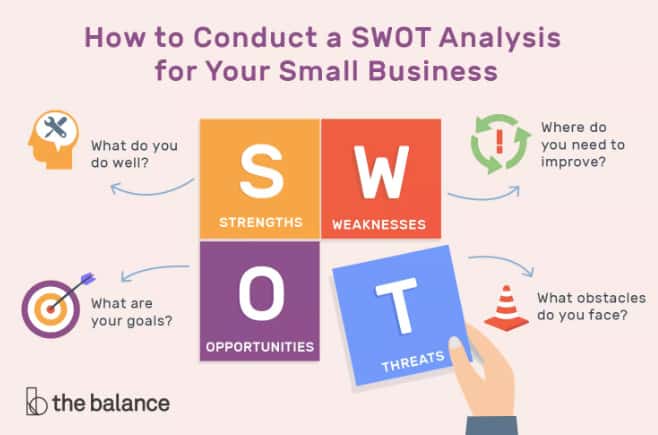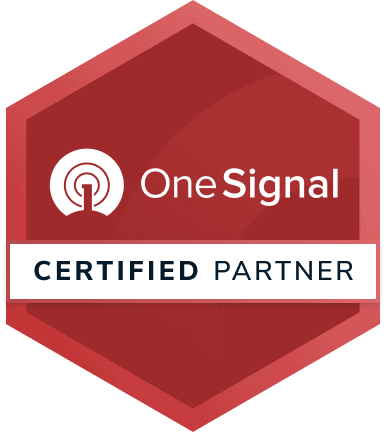Funding Your App – App Pre-launch Blog Series (Part 3)
Are you an apps startup? Are you looking to blow the mobile app world’s mind with your app idea? But…is financing an issue? Then maybe it’s time to start looking for potential investors to support your revolutionary project.
We’re not going to lie – getting your app funded is no easy feat. It’s a competitive field and most apps are funded by personal credit and loans; in fact, this is true for 57% of startups overall.
But it’s also not impossible. An investment-worthy idea is still an investment-worthy idea. In order to convince investors that your app is worthy of their trust and their capital, you need a killer pitch deck.
So here you go, we’ve compiled these 10 components you must include in your pitch deck for app funding:

1. Vision
What’s the biggest driving force behind your project? What’s the team’s source of motivation? If it’s something inspirational and/or ambitious, you must be able to explain it clearly and enthusiastically in 30-60 seconds in front of anyone. As coined by the term “elevator pitch,” your sell should be short enough to be delivered in the time period of a typical elevator ride. Practice!
2. Validation
Many investors look at the team more than the idea itself, after all, your idea has been thought of before! So what then matters most is the execution of the development which depends solely on your team’s performance. Introduce yourself and your team, their contributions/achievements and why you value them. Back it up with statistics to make a stronger case.
3. The problem
Every business works around solving some problems; every product satisfies a need. Yours should too! Maybe the problem is an obvious one, but you need to do some research first. Research industry benchmarks before seeing how you can bring more value to people. You should be aware of the market you are entering, its size, your future competition and why your solution is better than theirs.
While you need to be very knowledgeable in this area, your investor does not need to know the nitty-gritty of the problem. Present it from the perspective of your target audience and how you will fix their problems in a competitive way.

4. The solution
Now that you’ve set up the problem, propose a solution that will help to solve your potential users’ pain points. Be thorough, but concise. Explain assumptions in your business model and how you plan to solidify these assumptions into concrete action items.
5. Revenue model
Find at least two revenue streams that you can tap into in the present and suggest a couple more for the future. Show that you want this to be a successful business and that the investor will make his money back even in a worst-case scenario.
- Identify KPI’s
- Identify primary customer
- Show how you’re going to generate revenue
- Show basic mathematic calculations on estimated revenue
- Identify the estimated lifetime value of an average customer
6. Marketing strategy
For a successful marketing strategy, you need to know your target audience, know how to appropriately segment it and what will appeal to each sub-group.
You’ll want to define areas like:
- Demographics (age/country/gender/occupation/location) and psychographics (behavior/habits/lifestyle) of your target audience
- 2-3 buyer personas
- Market research
- Design ideas
- Customer acquisition, engagement and retention plan
- Target growth rates
7. Competition
Your investors will want to know who to compare you to. You want to provide and explain the market presence of your top 3 competitors. How strong are these brands and how can you make room in the category?
It’s important to define your USP (Unique Selling Proposition). If there isn’t something special about your product that will convince your ideal customer to choose you over the competition, chances are you won’t convince investors either.
Part of this is providing a SWOT analysis (Strengths, Weaknesses, Opportunities and Threats). If you’re new to this common marketing exercise, here’s a helpful summary of its key component:

8. The team
Clearly define the tasks that need to be completed. Identify the team member(s) for each task. This shows potential investors that you’ve thought it all through and have the manpower/resources available to complete the project successfully.
9. Master plan & projections
To create interest in app funding, you also need to show the product’s potential in the longterm. You must show investors that your app isn’t a flash in the pan but is scalable. As such, you’ll want to:
- Spell out a 24-month plan, specifically looking at growth
- Identify 3-5 year plan for the customer, revenue growth, plus total expenses
10. Investment opportunity
Summarize your project quickly and persuasively communicate why it’s a great idea for your investor to provide you with financial aid. Be gracious and humble, but don’t be afraid to brag a bit! You want to be so convincing about this opportunity that they simply won’t want to miss out.
You can also reach out to companies that exist solely to provide financing to app publishers – like Pollen VC. They have a straightforward application process and provide publishers a flexible line of credit once your account is activated.
If your app is a free-to-play game, Tilting Point specializes in gaming app funding and other valuable resources that are definitely worth checking out.
If you’ve done all the proper brainstorming, research and strategizing for creating an app, you’ll already have all of your pitch deck elements in order. You’ll just want to compile the information in the most concise and comprehensive way possible to keep your app funding prospects captivated.
Just remember to practice and refine repeatedly until you’re 100% confident in what you’re selling. Passion is contagious, so don’t hold back on expressing your belief in your app’s success!
If you’d like a free one-stop resource to all of our mobile app launch tips, download our “How To Launch An App” e-book here!
Related Articles
For Wellness apps, the most challenging approach is the conversion of the user from passive to active. [...]
In the realm of App Store Optimization (ASO) for iOS applications, a relatively untapped yet highly effective strategy [...]
In today's competitive app market, it's crucial for app developers and marketers to reach a wider audience and [...]










